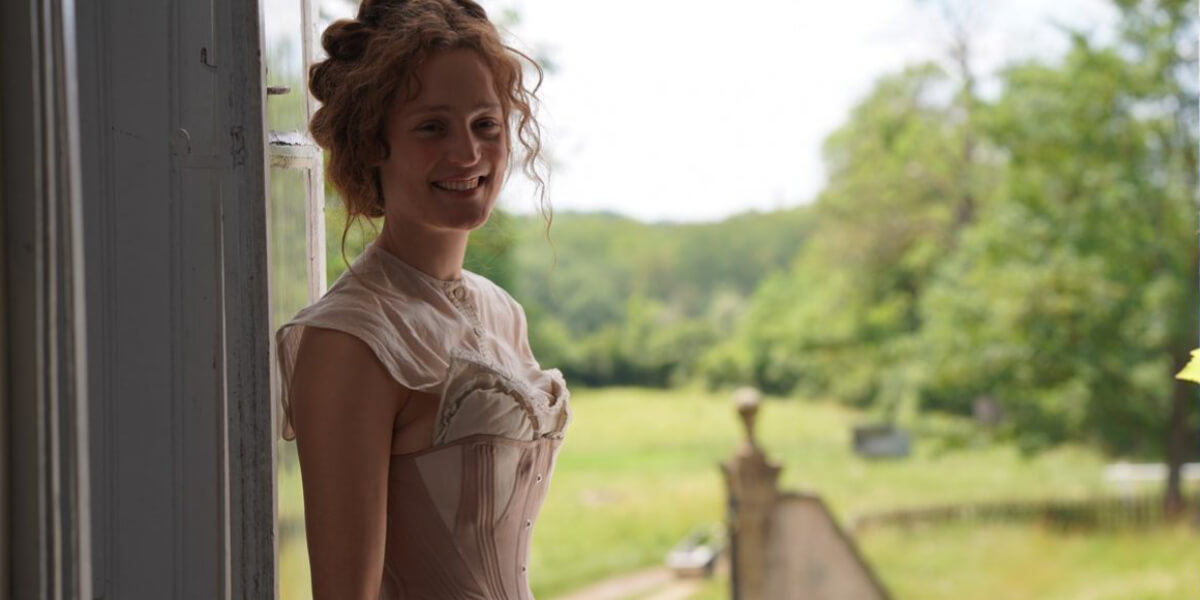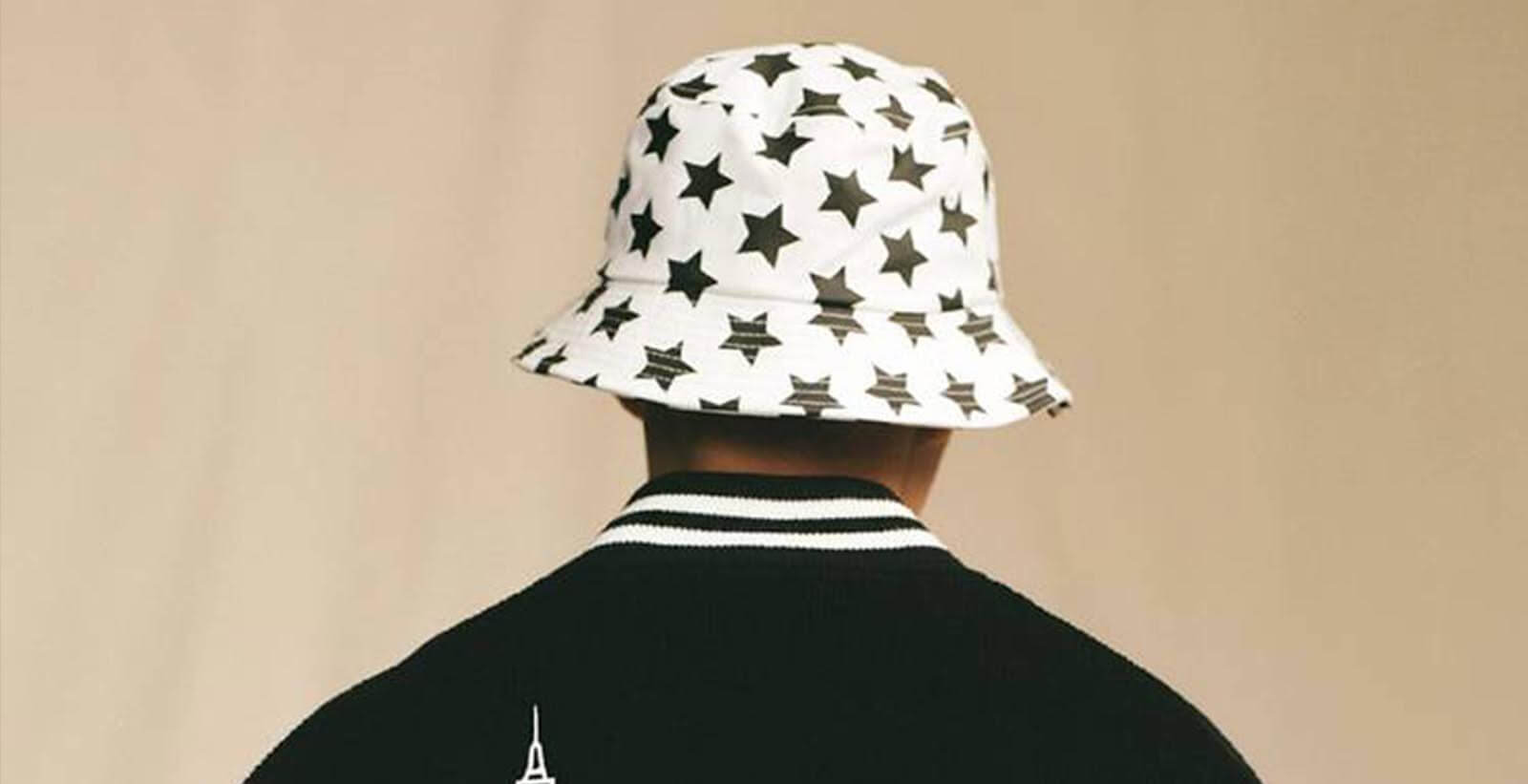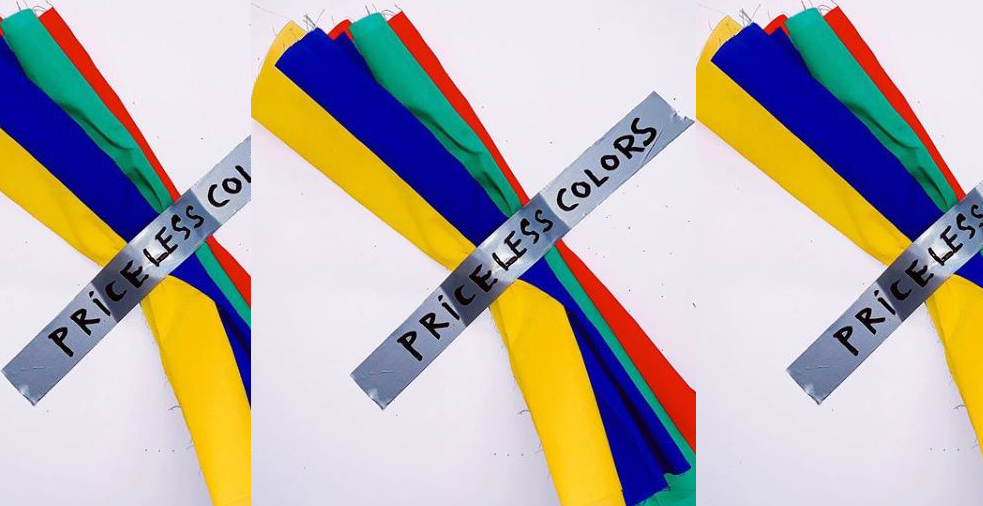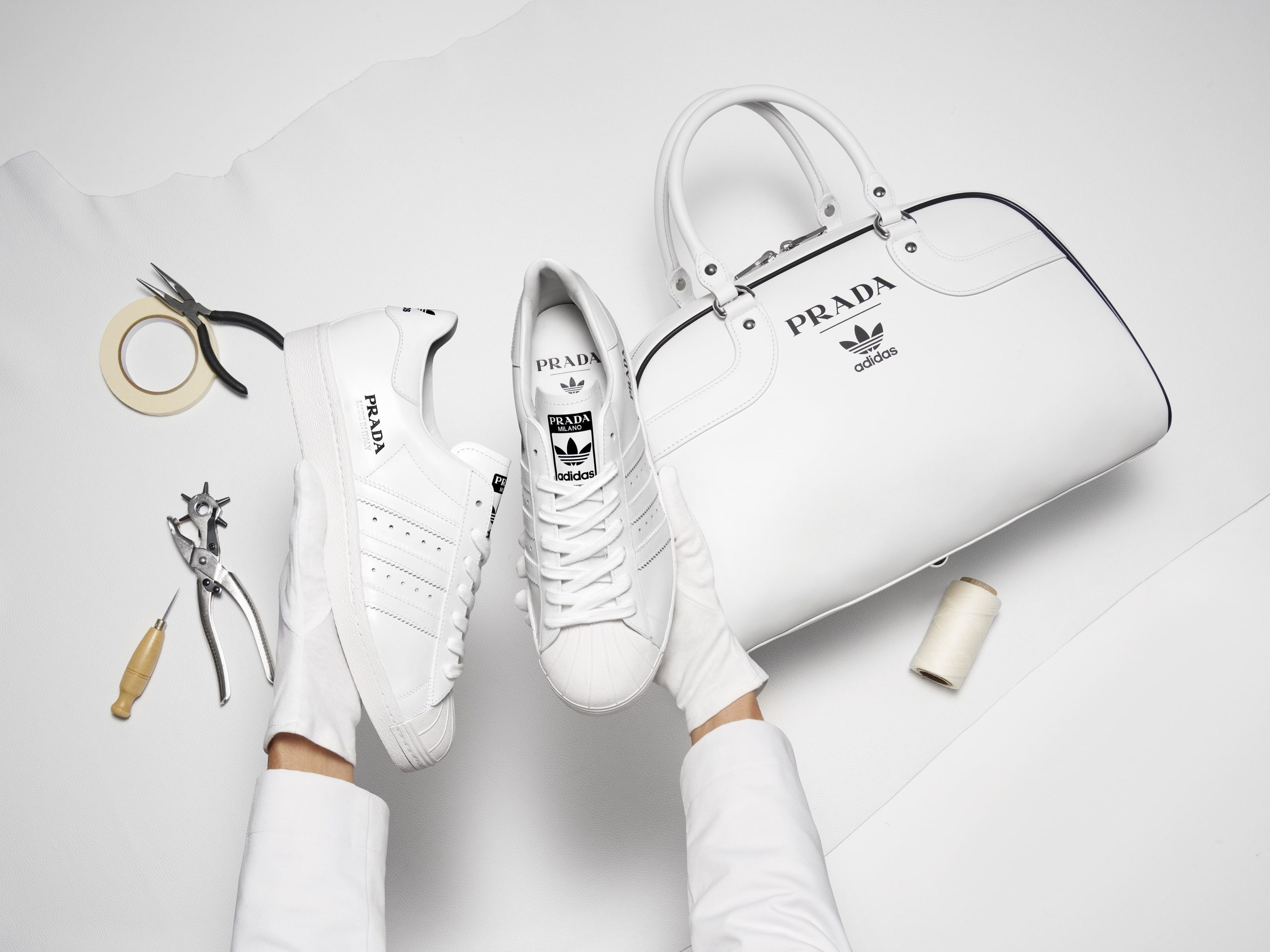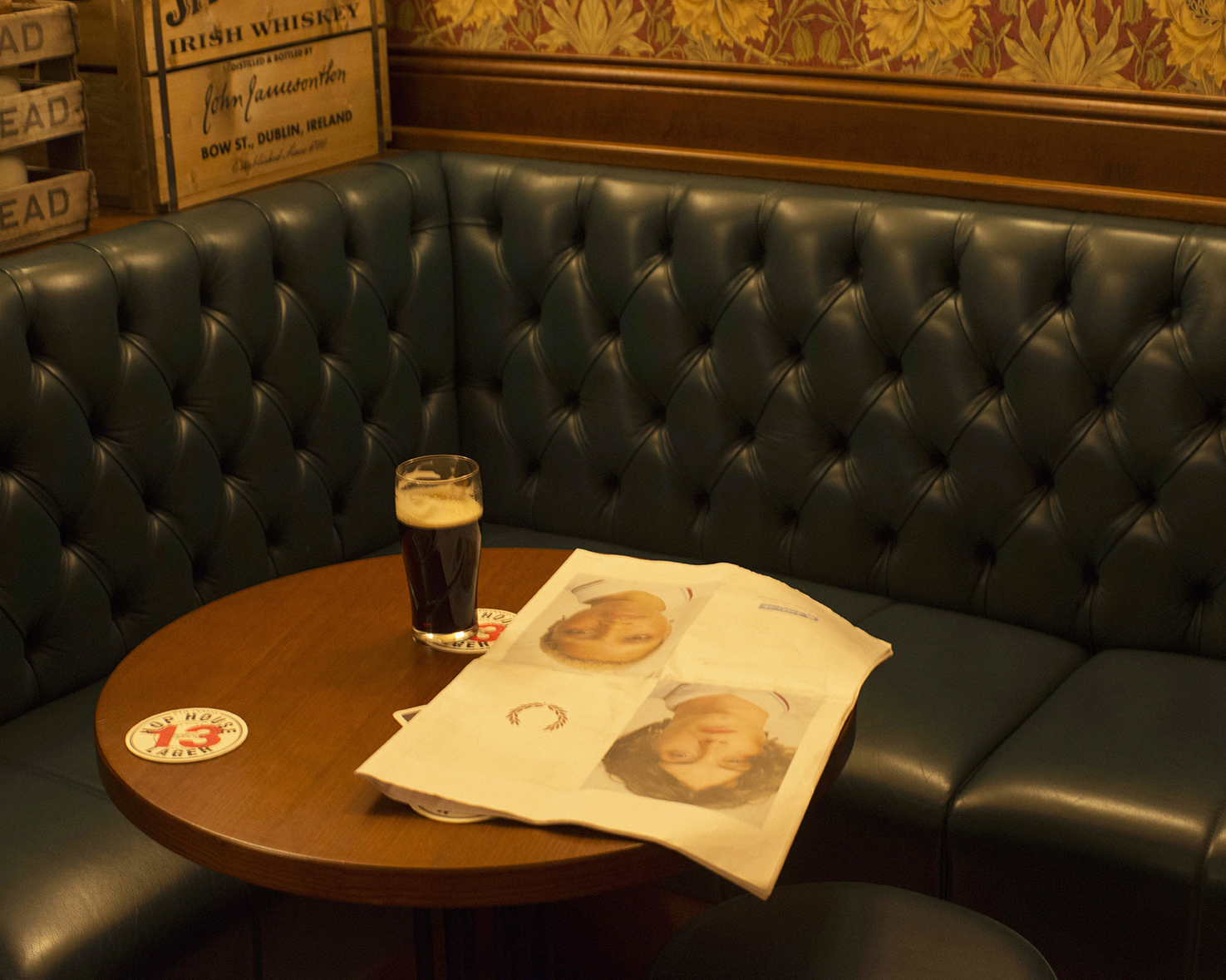Gazing down at the camera from above are the blackened eyes of singer, producer, and all-around icon Björk. She is wrapped in tulle with long black hair wafting along her torso, and is posing to show off the exaggerated hour-glass silhouette made possible by a waist cincher and hip padding. This image represents the female body and corsets throughout history. Accessories include a large asymmetrical hat and a “Merkin“—yes, a wig for the crotch area. This image grazes the April 2024 cover of Vogue Scandinavia. Behind this monumental look stands the Maison Margiela collection that broke the internet by visionary and creative director John Galliano. Inspired by Brassaï’s 1930s Parisian night portraits, the cinematic runway proved to have made a huge impact in a viral moment. At the centre of the outfits: cinched waists, distorted proportions: corsets. The configuration of the human form becomes a playful but essential element of this collection.
Maison Margiela is not the only designer who’s made use of the corset in recent years. Turkish-British designer Dilara Fındıkoğlu reimagined what a corset is and can be in her collection Femme Vortex, presented at London Fashion Week in February. In an interview with Vogue, she says she wanted to modernize the idea of corsets, see what they can look like today.
“They may come from the idea of restricting the body and yes, it has caused a lot of harm, but […] I like to look at them in a different way. […] The idea of corsetry can be taken into the shapewear form—comfort but also shaping at the same time. Corsets don’t have to be restrictive.“
Safe to say: corsets are huge this season and seem to be more than a fleeting trend—a closer look at the history and influence of corsets might unveil why the fascination prevails.
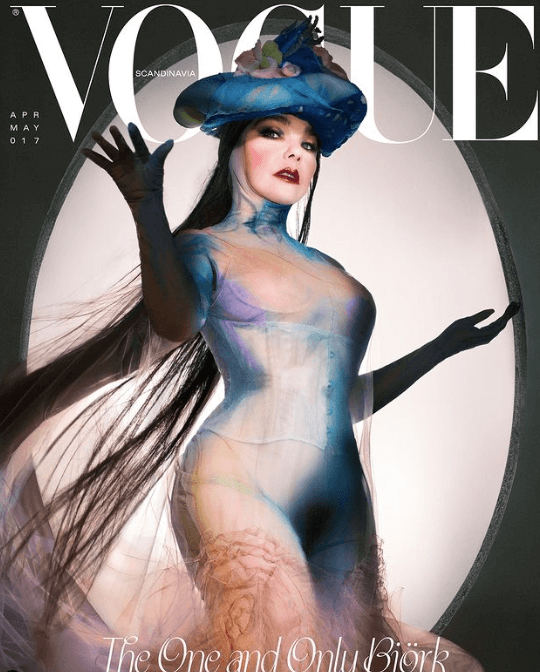
The emergence of corsets in history
It’s usually attributed to the 16th century. Introduced by Caterina de’ Medici, the corset was worn under dresses in order to elongate and slim the female body and was believed to be “essential to the female figure’s attractiveness“. In the mid-16th century, European women embraced corsets with features like the “busk” and decorative “stomachers.” By the 17th century, corsets became popular for both genders, adorned with ornate lacing but raising health concerns due to tight lacing. In the 18th century, they underwent further refinement with intricate stitching and lavish adornments. The Victorian era saw corsets reach their peak, shaping the coveted hourglass silhouette—today informing body ideals. This image of Victorian women with their wasp waists and proneness to fainting is probably what most people picture when thinking about historical corsets today.
One individual that took the corset craze to new levels was Empress Elisabeth of Austria, endearingly nicknamed Sisi. She was known to be “the most beautiful woman in Europe“, a title she took very seriously. Alongside a rigorous exercise regimen, the empress engaged in various demanding beauty rituals, notably a three-hour hair care routine. Her fixation on maintaining an exceptionally low weight resulted in an eating disorder. The expectations to uphold her beauty standards weighed heavily on the young royal, with courtiers describing her as ‘profoundly unhappy.’ She practiced extreme tight-lacing with her corsets and wore them for long periods of time to achieve an 18-inch (50 cm) waist. In Corsage (2022) Vicky Krieps embodies the complex character of Empress Elisabeth and depicts her battle with depression, aging, and living as an aristocratic woman in Victorian times.
More recently, fashion and corset experts have advocated for a revision of this part of history, they argue corsets weren’t actually unhealthy and, if worn properly, should be comfortable with plenty of room to breathe. Historical sources that indicate health issues, they say, are mostly produced by men trying to police women’s way of dressing. In this newer attempt at flipping the narrative, many want to steer away from the corset as a symbol of oppression and suggest viewing it as “a form of shapewear “ or even reclaiming it as empowering.
Corsets throughout history vs today
While it is certainly beneficial and necessary to look critically at archival medical records on women’s bodies, I have a hard time reclaiming something as feminist simply because it has been previously labeled un-feminist. Corsets, at the end of the day, still emerged from the desire to look unnaturally thin and artificially sculpted, to fit a standard. They exist among a number of garments made to punish women’s bodies for not looking a certain way. Additionally, physical constraints in clothing represent social constraints in reality. A corseted body represents the idea of a docile, controlled woman.
In her extremely insightful essay Cultural Rhetorics of Women’s Corsets, Wendy Dasler Johnson concludes:
“They suggest not only the plasticity and politics of cultural self-construction generally and the constructedness of gender “identity” in particular but also the lengths bourgeois culture went to-and goes to-the last two and a half centuries to shape a preferred feminine figure. For me, corsets foreground the ambiguity of disciplining discourses. They constrict, but they also produce.“
I would agree that the origin of the corset still stems from a restrictive ideal, but ultimately went on to birth craftsmanship, creativity, and the ability to modify one’s physicality. There is no doubt that corsetry is a craft and an art form that requires extensive knowledge of history and anatomy. This found a new appreciation in the 1980s after corsets had fallen out of fashion in the earlier 20th century. Legendary designer Vivienne Westwood brought back the corset in a completely revolutionized way. For the first time, corsets were the centre of the outfit, instead of being hidden underneath other layers. Westwood literally turned fashion inside out by making underwear and outerwear. She relied heavily on referencing historical corsets and found a way to make it into something new. She also adapted corsets for men, which had previously been less popular. Through her subversive re-imagination of corsetry, Westwood will always be a pioneer of modern fashion. The ongoing craze about corsets must be attributed to Westwood’s ideas in the 1980s. Since then, the corset has appeared on runways and magazine covers as the eye-catching nexus of countless outfits. They are no longer primarily used as a piece of outdated shapewear but become a statement, an expression in themselves. The beauty of this is reflected in the intricately innovative collections of Maison Margiela and Dilara Fındıkoğlu.
While some admittedly less fabulous styles have come out of the corset trend (I’m thinking the infamous Amazon version or the short-lived Urban Outfitters corset tops), the corset ultimately presents a playground for imagination and reinvention, a beautiful carnival of shapes and proportions—and after all, fashion devoid of shapes and figures would be really, really dull.
*Header: from film ‘Corsage,’ 2022









